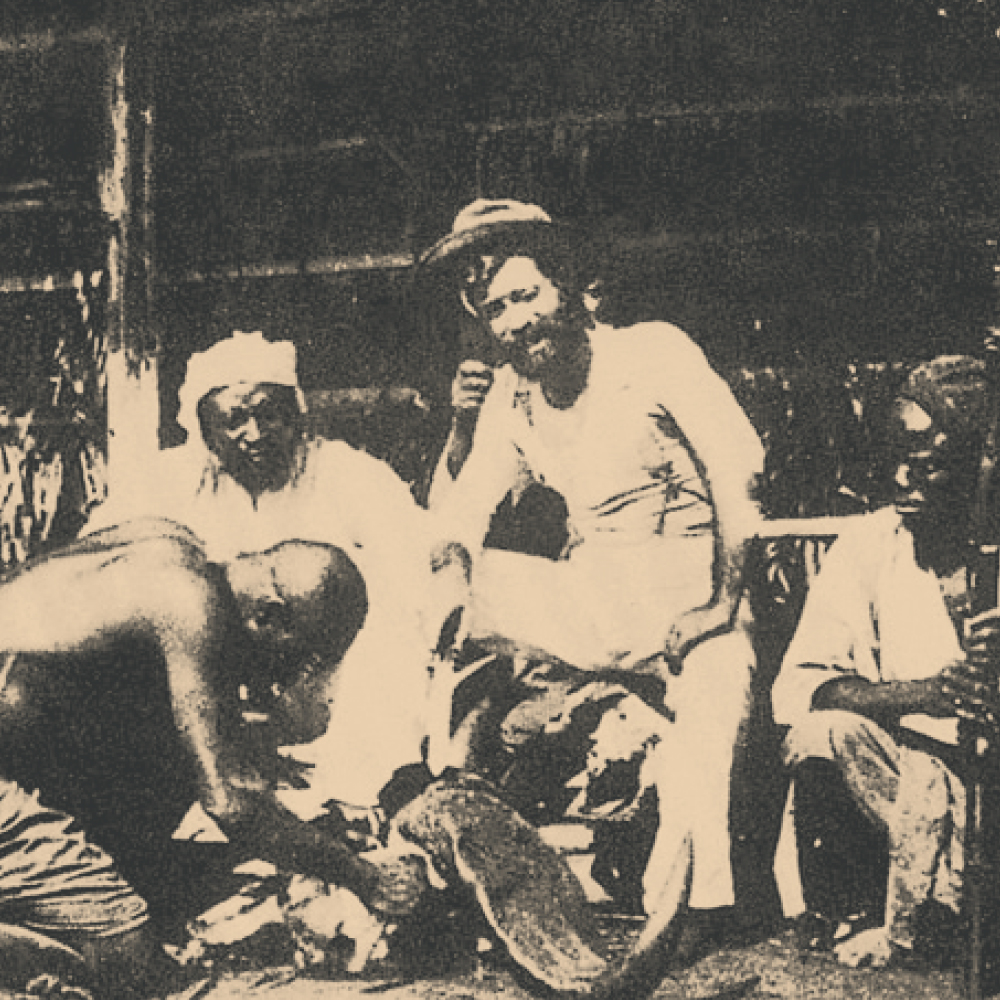
Count Sámuel Teleki was working as a Member of Parliament when he met and befriended Crown Prince Rudolf. They were both fascinated by geographical explorations, and often took part in hunting trips in Transylvania. This might have given Teleki the idea for exotic exploration. His goal during his hunting trip was to explore undiscovered regions of East Africa north of Lake Baringo. His companion was Lieutenant Ludwig von Höhnel, who was an expert in natural sciences and cartography.
After a long preparation period, he arrived in Zanzibar on November 29 1886, where they managed to hire the most experienced caravan driver. They set off to Kenya on February 4 1887, and reached the foothills of Mount Kilimanjaro, where he became the first explorer to reach 5,310 metres. After climbing Mount Kenya, they reached the southern foothills of Mount Ng’iro, then in March 1888, they arrived at Nigra Mwaiten, the 646 metre tall volcano of East African Rift. They also explored the lake beside Nagira Mwaiten, which was later given the name Lake Rudolf in honour of Crown Prince Rudolf by Teleki. They arrived at the other great lake of East Africa in a time of a great famine in the area, and they named it Lake Stéphanie (in honour of Rudolf’s wife Princess Stéphanie). In August 1888, after the hardships of crossing the tribal territories, they arrived at Mombasa.
Teleki, as the leader and organizer of the expedition, covered the cost of it from his own fortune. Höhnel was the first who documented and published the journey, and he also made a map of the previously unexplored region. One of the most significant achievements of their exploration was the collection of legitimate information on the previously unknown or hardly-known tribes and ethnic groups. Their collection contained 338 objective ethnographic materials, which were handed over to the Museum of Ethnography’s African collection. Beside the expedition’s meteorological, geological, geographical, zoological and botanical observations, natural science enthusiasts could benefit from it. A liverwort and 6 flowering plants are named after Teleki.











